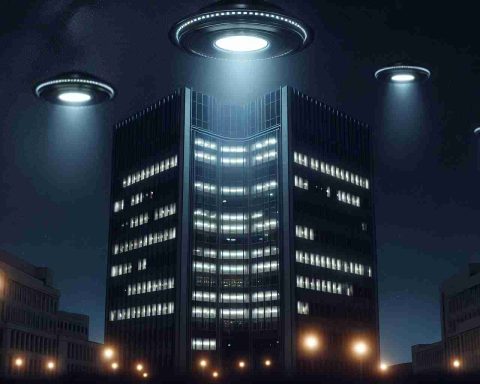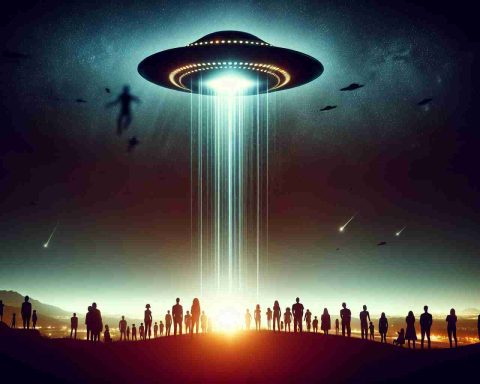An astonishing sight captivated many across the United States last Saturday night. A brilliant fireball streaked through the night, likely marking the descent of a retired Chinese satellite into the Earth’s atmosphere. Witnesses in Louisiana were taken by surprise at around 10 p.m. CST, as the spectacle lit up the skies.
The object is believed to be remnants of the Gaojing SuperView 1-02 satellite, a high-resolution imaging device that was launched to serve various purposes including resource management and environmental monitoring. As it traveled across the sky, social media buzzed with excitement. One bystander shared a video, expressing amazement at the vibrant display that unfolded before their eyes.
This fiery descent captured attention not just locally, but across several states, including Mississippi, Arkansas, and Missouri. Reports continued to emerge from those who witnessed the remarkable event, further fueling the online chatter.
According to experts, including astronomer Jonathan McDowell from Harvard, this incident was identified as the re-entry of space debris. Gaojing 1-02, operational from 2016 until its decommissioning in 2023, was unable to be controlled as it fell back toward Earth, eliminating any possibility of targeting a specific landing area. While no injuries or significant debris recovery efforts have been reported, the fireball serves as a reminder of the ongoing presence of space debris in our skies.
Streaking Across the Sky: The Fireball Phenomenon Explained
The sight of a brilliant fireball cutting through the night sky recently captured the attention of many in the United States, particularly on Saturday night when what appeared to be remnants of a decommissioned satellite made its fiery descent. A culmination of excitement and scientific curiosity, this event was a reminder of both the wonders and the risks of modern space ventures.
Understanding Space Debris
Space debris consists of non-functional satellites, spent rocket stages, and fragments from satellite collisions or disintegration. As of 2023, it is estimated that there are over 27,000 pieces of debris orbiting Earth that are large enough to track. The Gaojing SuperView 1-02 satellite, believed to be the source of the recent fireball, is one of many satellites that have contributed to this growing issue.
The Gaojing SuperView 1-02 Satellite
Launched in 2016, the Gaojing SuperView 1-02 satellite was part of China’s high-resolution Earth observation program. It played an essential role in resource management and environmental monitoring until its decommissioning in 2023. Its uncontrolled re-entry into the atmosphere serves as a stark reminder of the challenges involved in space debris management.
Expert Insights
Astronomer Jonathan McDowell from Harvard noted the significance of such events, which highlight the potential hazards associated with uncontrolled space debris. The recent fireball offers a unique opportunity for scientists to study the atmospheric re-entry of satellite remains, helping to advance strategies for mitigating space debris in the future.
Pros and Cons of Satellite Launches
# Pros:
– Technological Advancements: Satellites have significantly advanced areas such as telecommunications, weather forecasting, and Earth observation.
– Resource Management: Earth observation satellites help in tracking environmental changes, aiding disaster management, and optimizing resource use.
# Cons:
– Space Debris Concerns: The accumulation of debris poses risks to active satellites and can potentially cause catastrophic collisions.
– Uncontrollable Re-entry Risks: Unmanaged satellites that re-enter Earth’s atmosphere can lead to safety concerns if they fall over populated areas, though the odds are statistically low.
Future Predictions and Innovations
As more countries enter the space race, the issue of space debris will likely become increasingly critical. Experts predict the development of new technologies aimed at debris removal, such as nets or lasers, to capture or redirect defunct satellites before they reach the end of their life cycles.
Safety and Sustainability Aspects
Ensuring the safety of satellite launches and management of space debris is paramount moving forward. By implementing stricter regulations and better technologies, the future of space exploration can be both exciting and secure.
Conclusion
The spectacle of the Gaojing SuperView 1-02’s re-entry serves as both an awe-inspiring event and a wake-up call for the global community regarding the management of increasing space debris. Understanding and mitigating these risks will be crucial as we continue to explore the final frontier.
For more information on space exploration and satellite technologies, visit NASA.




















